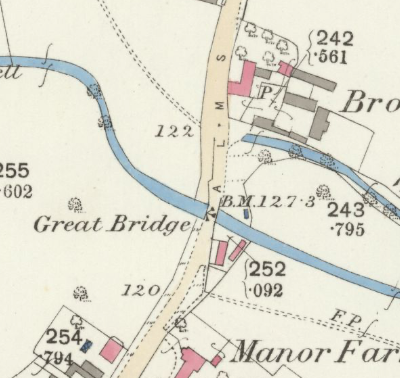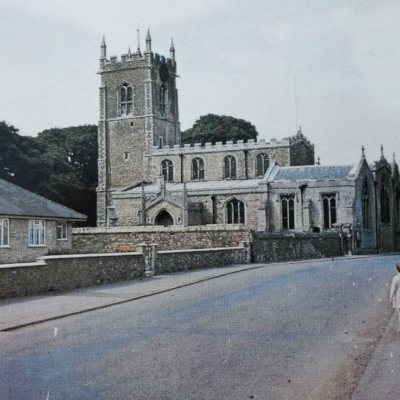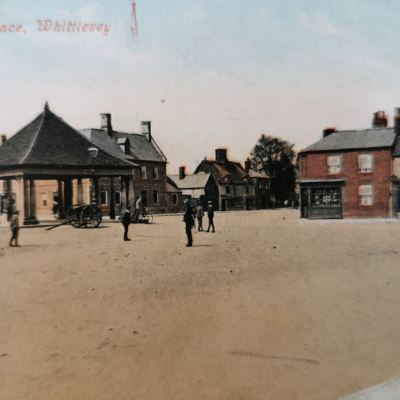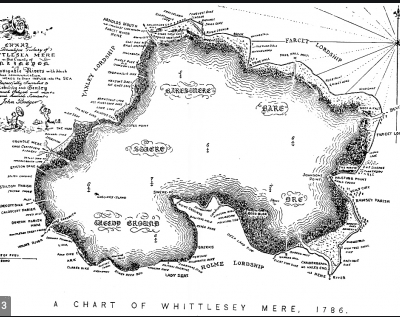Search by topic
- archaeology
- Building of Local Interest
- chapel
- charity
- church
- crime
- dressmaker
- fire
- Great Eastern Railway
- Listed building
- Mapping Relief
- medieval
- oral history
- poverty
- Public House
- Religious House
- Roman
- scholar
- school
- Then and Now
- tudor
- women
- work
- world war one
- world war two
Search by text
Whittlesey murder of John Hutchinson by Amy Hutchinson 1748
History of murder of Amy Hutchinson
The best account of this crime is in Alison Bruce’s Cambridgeshire Murders.
Amy Conquest was born in 1729, daughter of Thomas and Mary, in Whittlesey. At the age of 16 she started a relationship with Thomas Reed. In the summer of 1748 Thomas announced he was travelling to London; Amy, still unmarried, started to see another man, John Hutchinson. In August of that year they married though Thomas rushed back to Whittlesey only to see the couple as they left the church.
Thomas and Amy began to see each other again and Amy began having violent arguments with her husband John.
John fell ill on 14th October and died the same day. He was buried two day later and Thomas moved in with Amy very soon after. This led to suspicions and John was exhumed. The post-mortem concluded poisoning.
Evidence from a local shopkeeper William Hawkins was that Amy had purchased an ounce of arsenic on Thursday 13th October.
Amy was eventually tried at Ely Assize for petit treason, essentially murder by a trusted party. She was convicted and on 7th November 1749, tied to a stake, strangled to death and burned. This took place alongside another convicted murdered, John Vicars.
A purported narrative of her own life was published in the press at the time. No action was taken against Tomas Reed.
Contribute
Do you have any information about the people or places in this article? If so, then please let us know using the Contact page or by emailing capturingcambridge@
License
This work is licensed under CC BY-NC-SA 4.0









